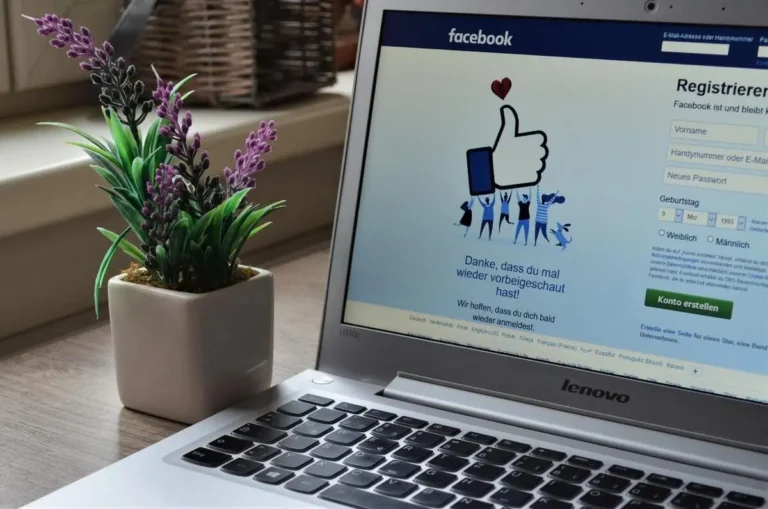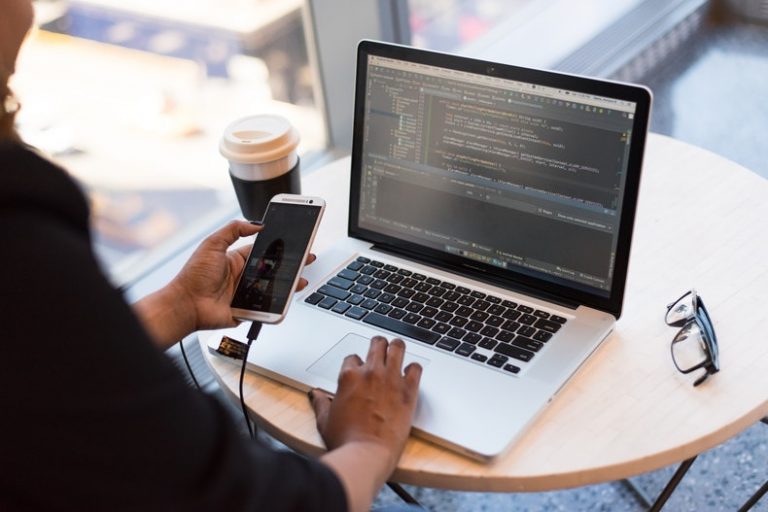Exploring Flutter 3.3: Deep Dive Into Latest Release
Yet another update has shaken the development world up! Flutter developers never get tired of introducing game-changing updates, keeping their community on their toes.
So, Flutter, what’s new? Let’s talk about the top 6 fascinating highlights of the latest 3.3 version.
Guide to the latest exciting Flutter changes.
This update came out with a set of upgrades, fixes, and new intriguing functionality within frameworks, rendering layers, desktop support, stability, and more. Let’s unravel what the new release has to offer by focusing on each improvement.

- Packages Changes
Flutter cemented its status as a robust framework catering to web, desktop, and mobile platforms. Yet, the ever-evolving Flutter ecosystem created more complexities and quite puzzling navigation.
Enters the spotlight: the go-router package. With its debut, the Flutter team manages to change the navigation narrative to a more clear and transparent one. The URL-based API in the go-router package provides a streamlined solution for deep links.
The package changes symbolize Flutter’s commitment to refining its architecture and simply the intricate world of app development.
- Enhancement in Desktop support
Forget about constantly changing the Flutter desktop app to a Windows-specific file. In an effort to streamline the management of the desktop version, FLutter 3.3 brings to the stage a significant enhancement that eliminates complexities developers previously faced. No more jumping through hoops and loops. Now developers can seamlessly modify the app version directly from the project’s arguments and pubspec.yaml files.
This shift fosters consistency across various platforms, ensuring that version management is no longer platform-dependent.
- Framework Updates
- Global Selection. Starting off with game-changing features that the previous Flutter version shamefully lacked – the ability to select elements on the web app in one sweep. The global Selection widget allows effortlessly selecting text across applications.
- Scribble. That’s a feature bound to amplify user engagement! If you ever work from your iPad , this update is for you. The handwritten recognition tool now allows users to input text using the stylus or a finger.
- Text Input. Flutter Team introduced enhancement text input in the 3.3 version, offering more refined control over keyboard input settings. This ensures rich text editing and improves user experience overall.
- Material Design 3. Flutter 3.3 will be a turning point for a new era of visual aesthetics. And all thanks to Material Design 3 added to Android OS. With the latest version out in the world, we see many widget design changes, including Chip widgets, upgraded icon buttons, and adaptable app bars of medium and large sizes.
- Trackpad Input. Yes, even the trackpad got a minor makeover. In Flutter 3.3, we get quicker and smoother control, inconsistent scrolling elimination, and even reduced the number of misinterpretations.
- Powerful Boosts in Performance
Imagine loading in Flutter gets a major boost, cutting loading times nearly in half. With Flutter 3.3 release, you don’t have to! They’ve actually done it.
The new version introduces ui.ImmutableBuffer.fromAsset, allowing compressed image bytes to directly load into decoding structures by reducing data garbage collection demand and eliminating redundant data copying. This strategic update streamlines the ImageProvides API process, minimizing resource use.
The result? An unbelievable 2x enhancement in image loading ties. Once again, Flutter pushes performance boundaries, providing developers with tools to create lightning-fast applications.
- VS Code Extensions Changes
Flutter 3.3 introduced a seamless upgrade to its VS Code Extension, improving dependency management. The indispensable Dart: Add Dependency extension is getting all the hype of the developer’s community. With Dart: Add Dependency, integrating third-party resources into Flutter projects becomes a piece of cake.
A standout feature in this update is the extended capability to add multiple packages simultaneously. Just put a comma down to separate packages’ names – voila, you can swiftly include a range of resources in the project. Dart: Add Dependency simplifies configuring dependencies process, enabling developers to prioritize core aspects of the app development.
The VS Code Extensions upgrade aligns perfectly with Flutter’s commitment to refining the developer experience, pushing app development into new horizons.
- Alterations in the Rendering Layer
If you’ve been sticking around since the Flutter Beta phase, you’re familiar with Skia Graphics Engine. Now it’s time to wave goodbye! Flutter 3.3 ushers in groundbreaking transformation with the introduction of Impeller. This new rendering layer brings unmatchable powers and efficiency to Flutter graphics capability.
Impeller juices up the performance of hardware-accelerated APIs, such as Vulkan for Android and Metal for iOS. Flutter 3.3 achieves silky-smooth animations, ensuring a seamless user experience by harnessing those API’s potential.
The Impeller rendering layer signifies a monumental jump in Flutter’s evolution, setting up the stage for a high standard of graphic excellence in cross-platform development. Another remarkable trait of Impeller is the elimination of frame hiccups caused by runtime shader compilation. It’s a noteworthy achievement that enhances the overall user experience.
Final thoughts
As we deep-dived through all the significant changes introduced by Flutter 3.3, it’s clear that practicality steals the spotlight in this update. The Flutter team focuses more on the developer’s experience and boosting performance. Ultimately, Flutter 3.3 is about refining the nuts and bold of app development.
There is a reason why a new release is getting that much hyped in the community. With each enhancement, the Flutter team addresses real-life pain points that developers encounter daily. Take the Impeller rendering layer, for instance. It’s not just a technical upgrade; it’s a step towards creating more polished and professional apps.
The improvements in image loading and dependency management might seem subtle. Yet, it makes a dramatic difference in streamlining the development process. All of the changes showcase Flutter’s determination to empower developers to work more efficiently and deliver outstanding results with lightning speed. The team bridges the gap between what developers need and what users expect.
By addressing real-world challenges and listening to the community’s needs, Flutter proves that it deserves the leading spot as a robust framework committed to an efficient and engaging app-building experience.






